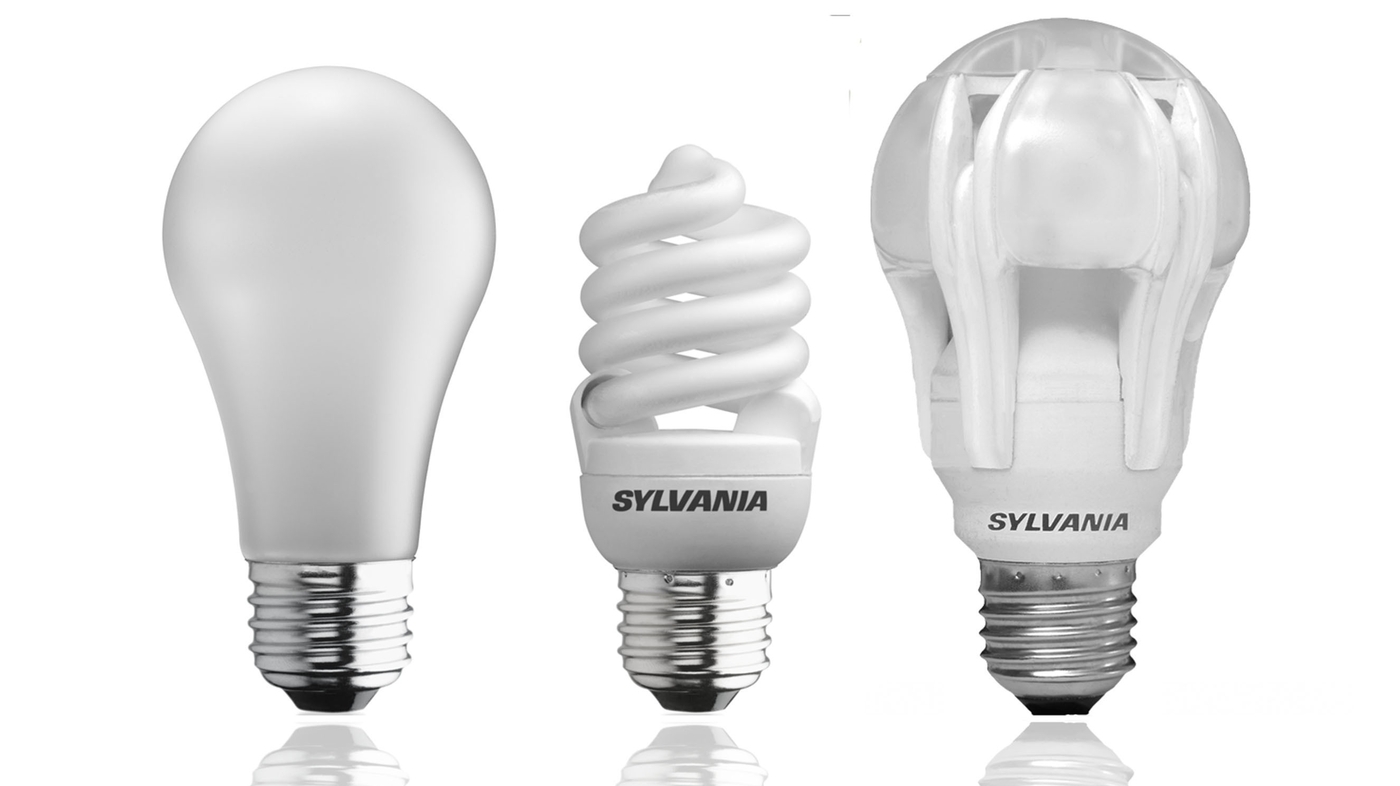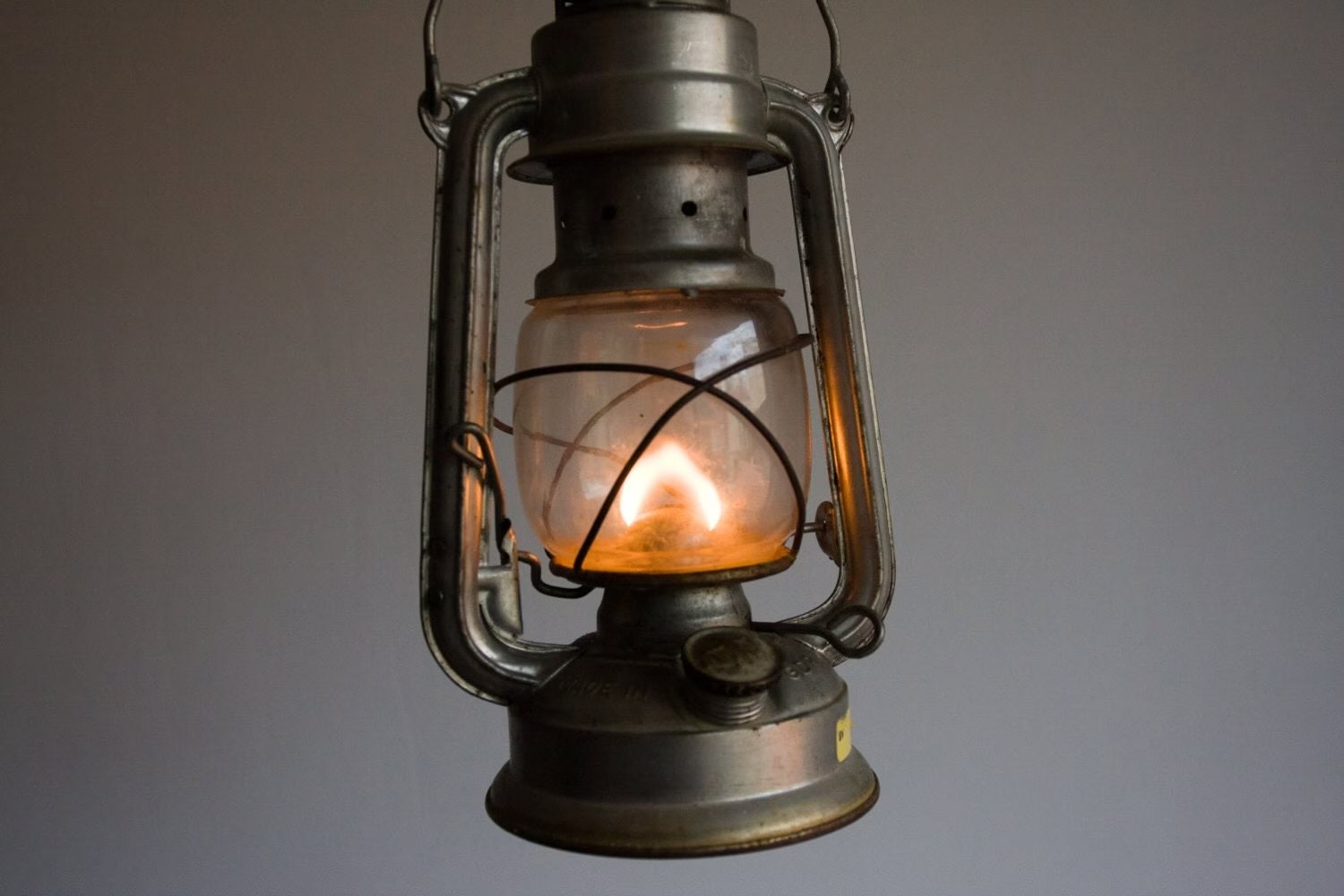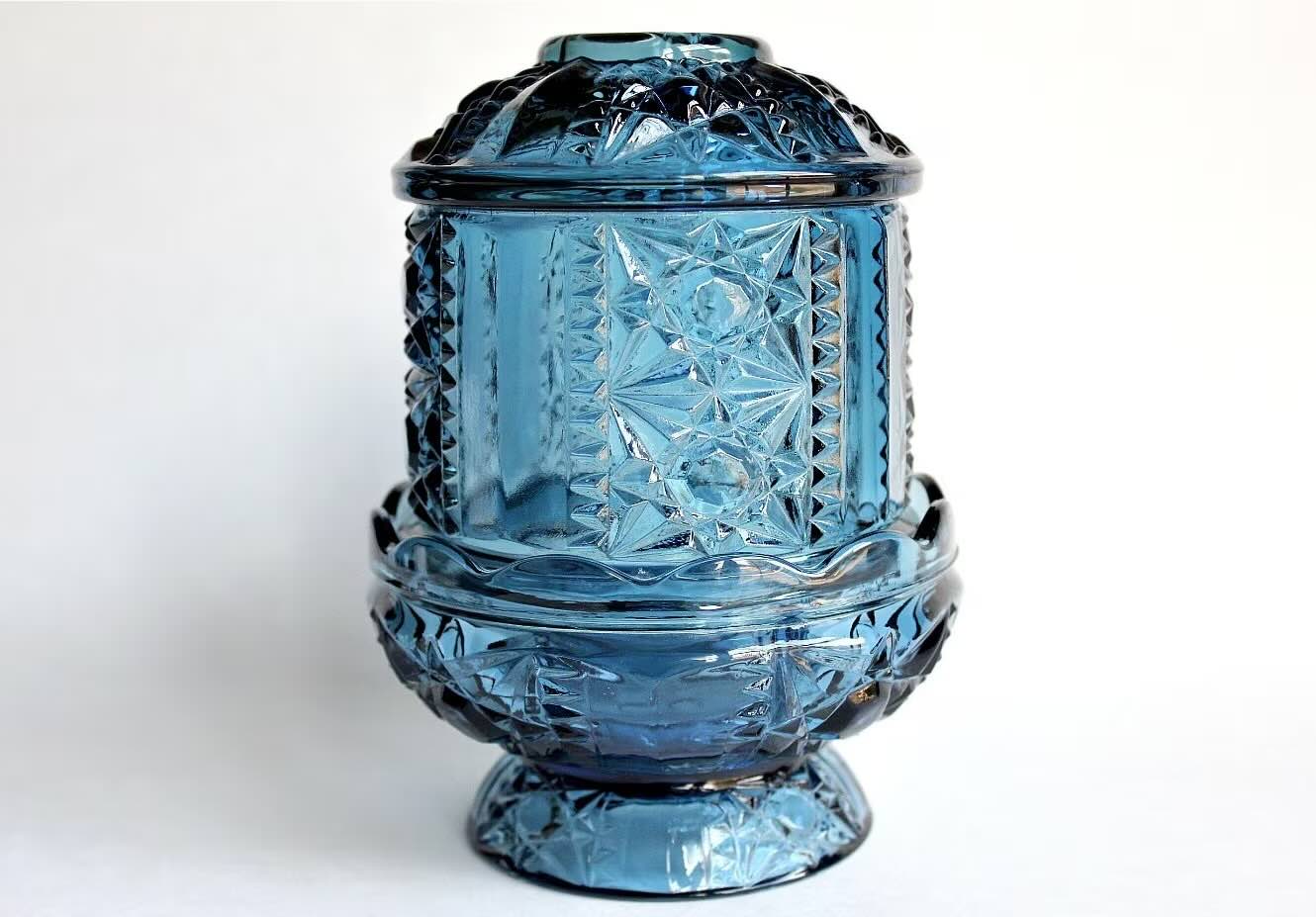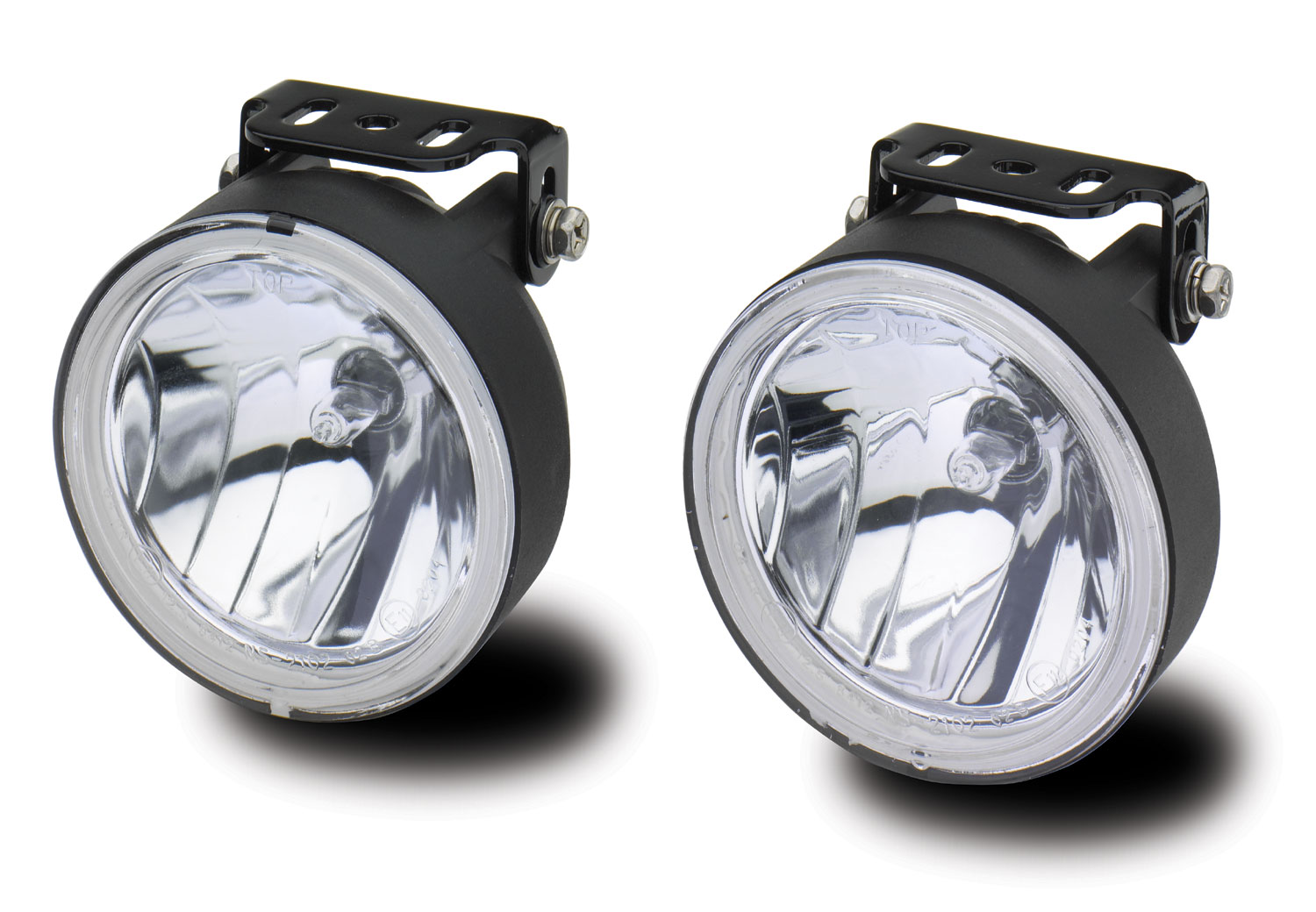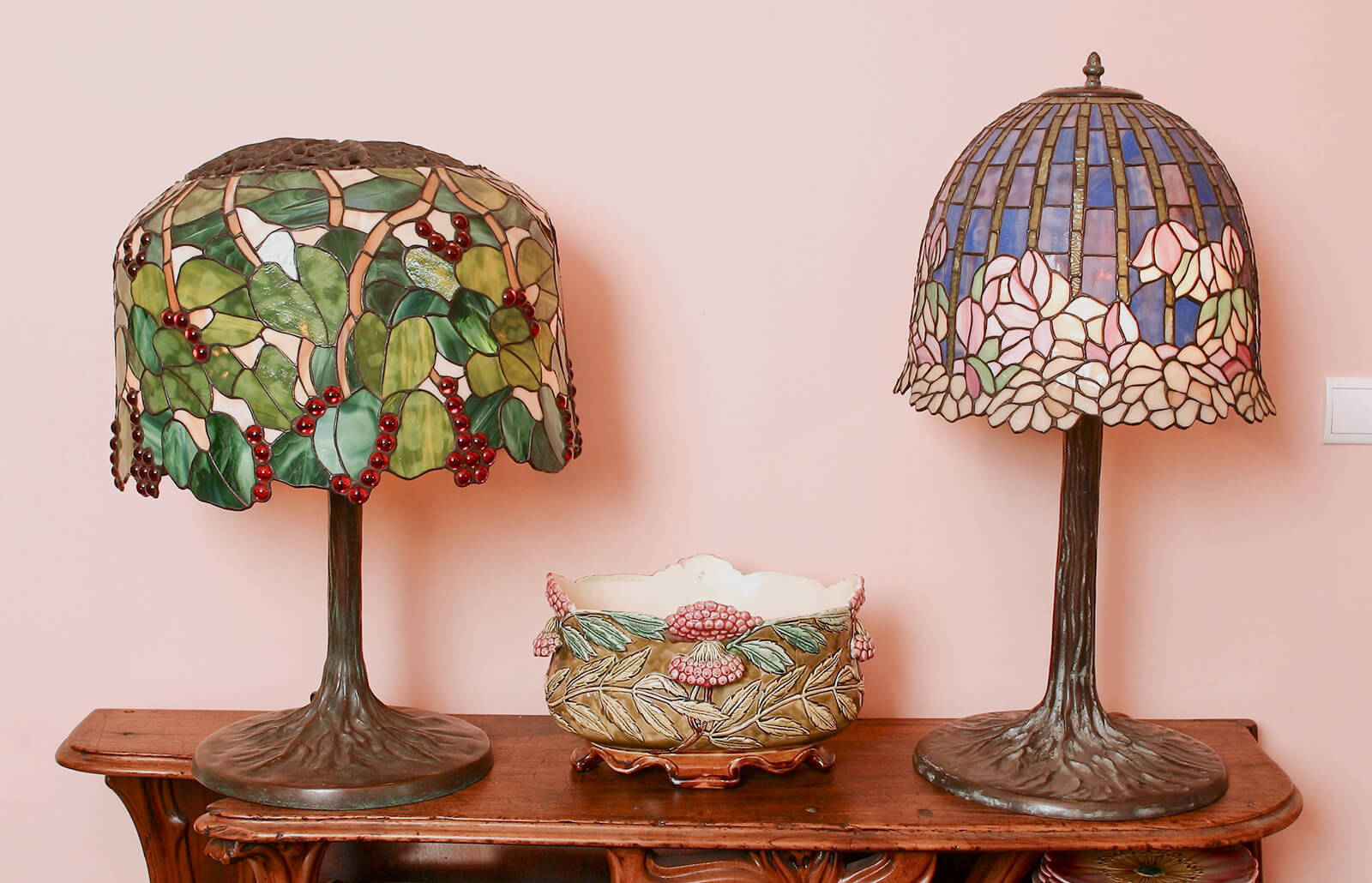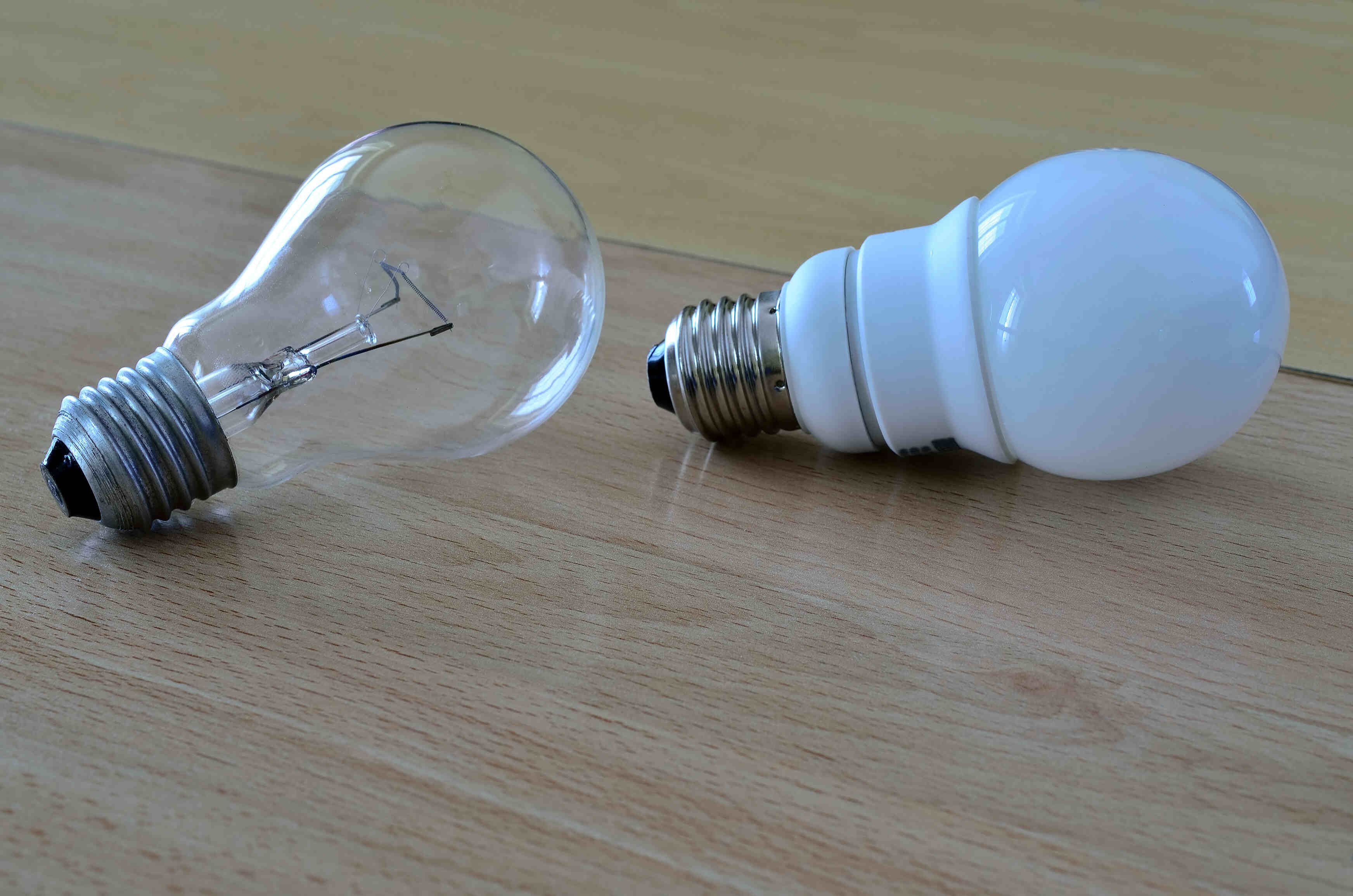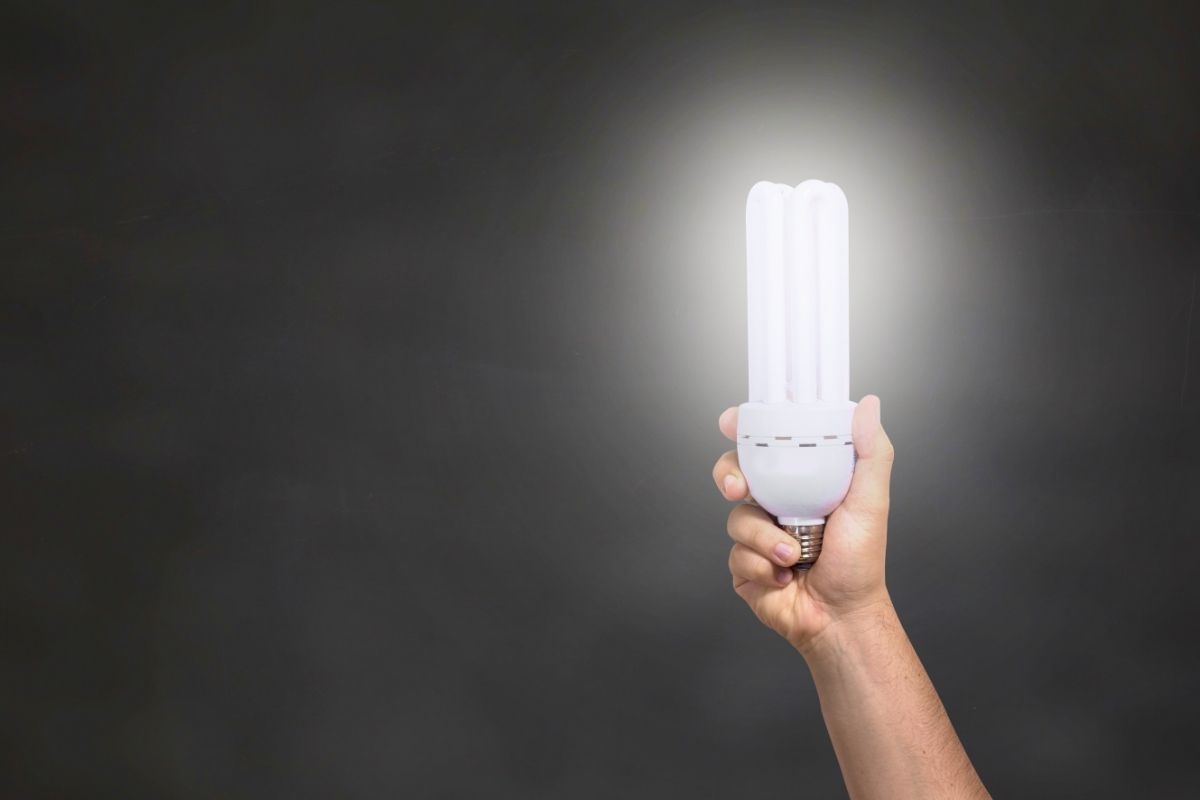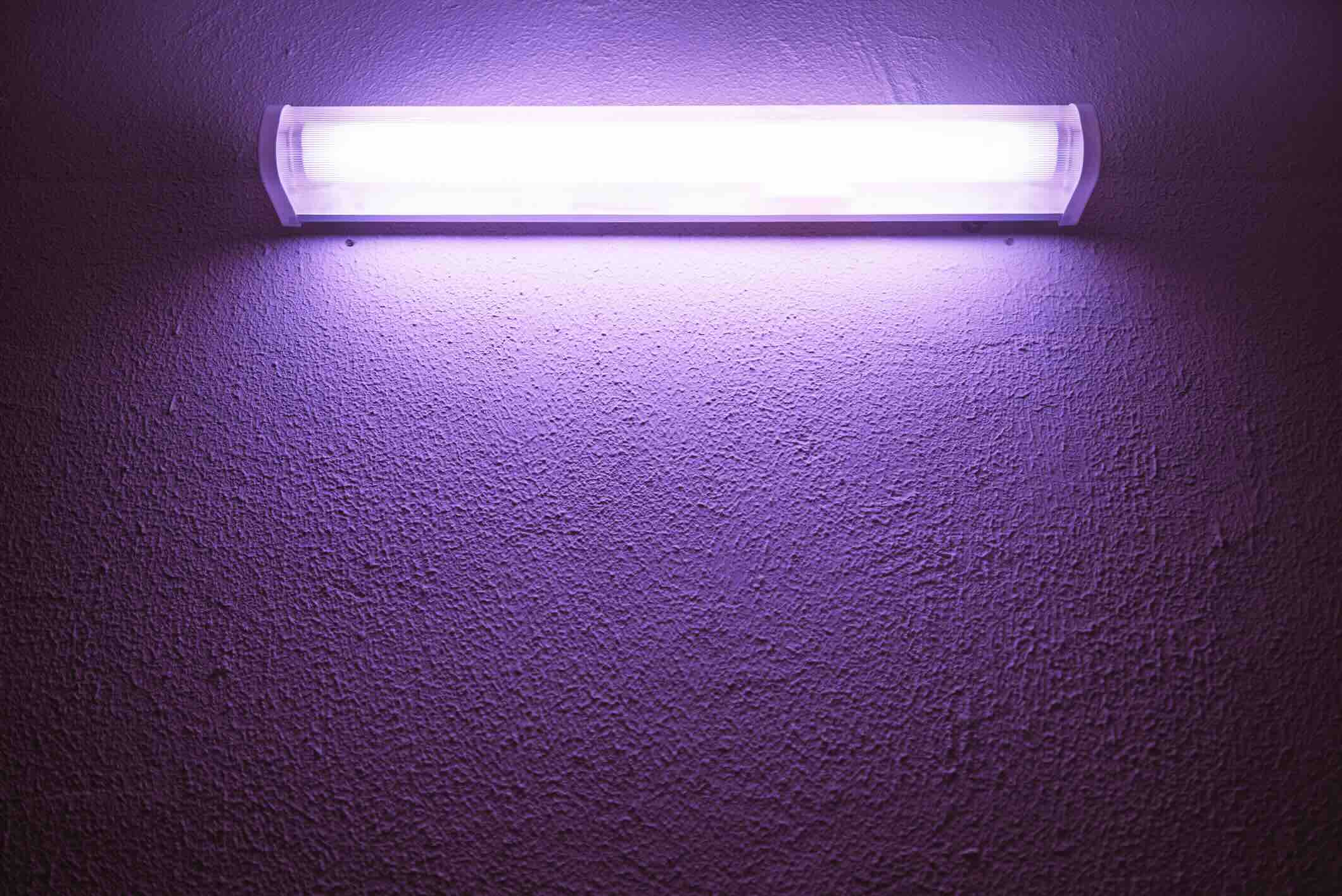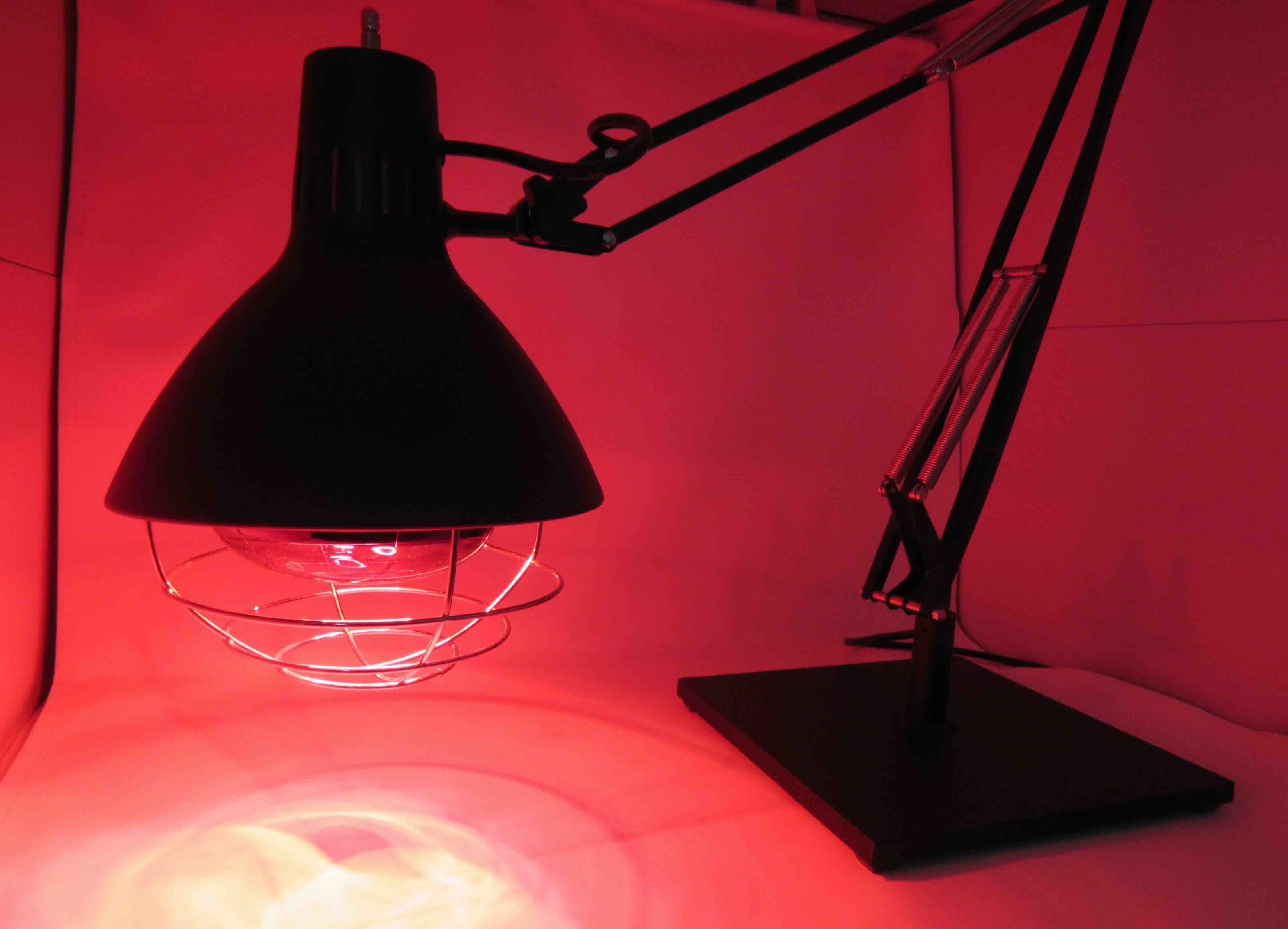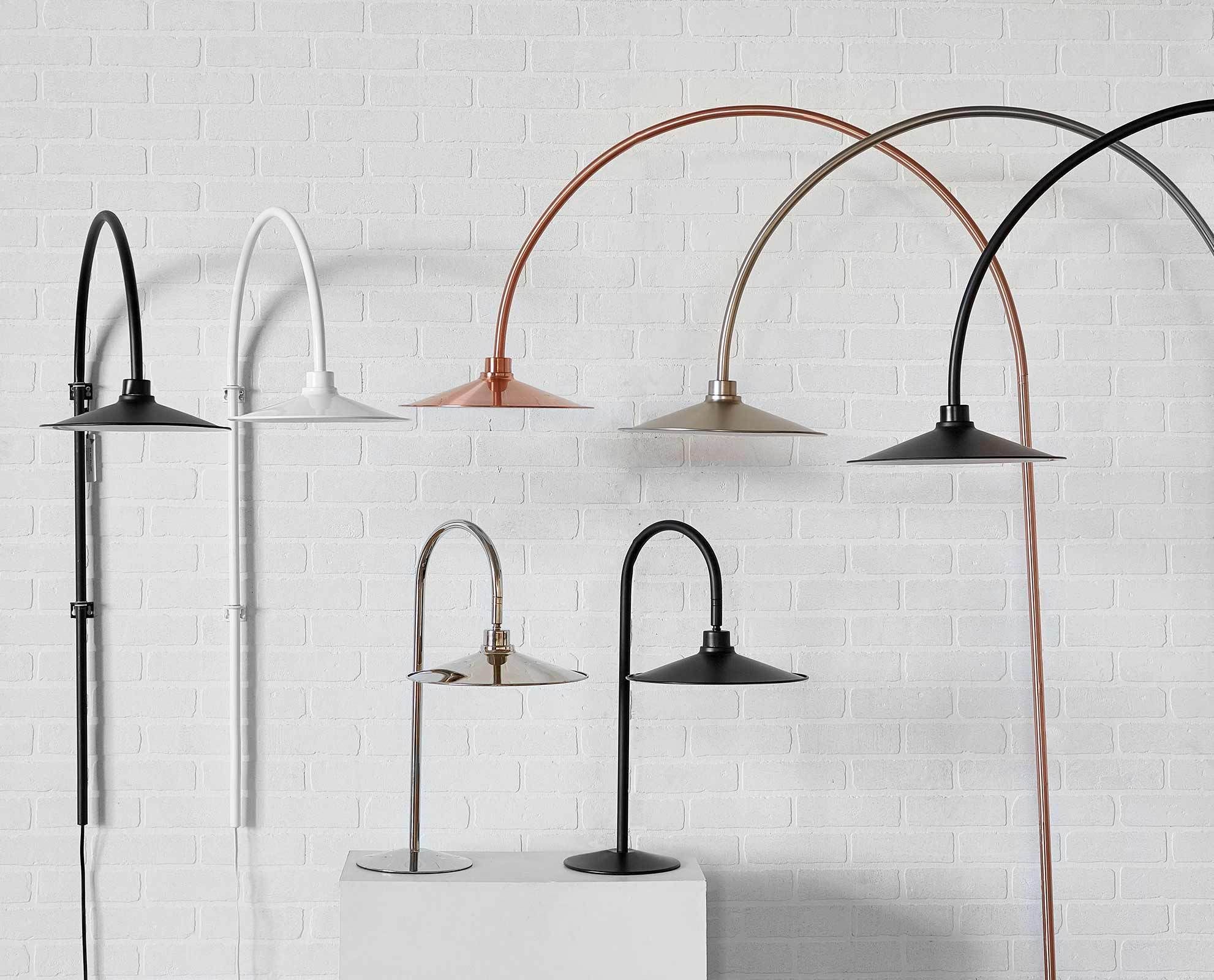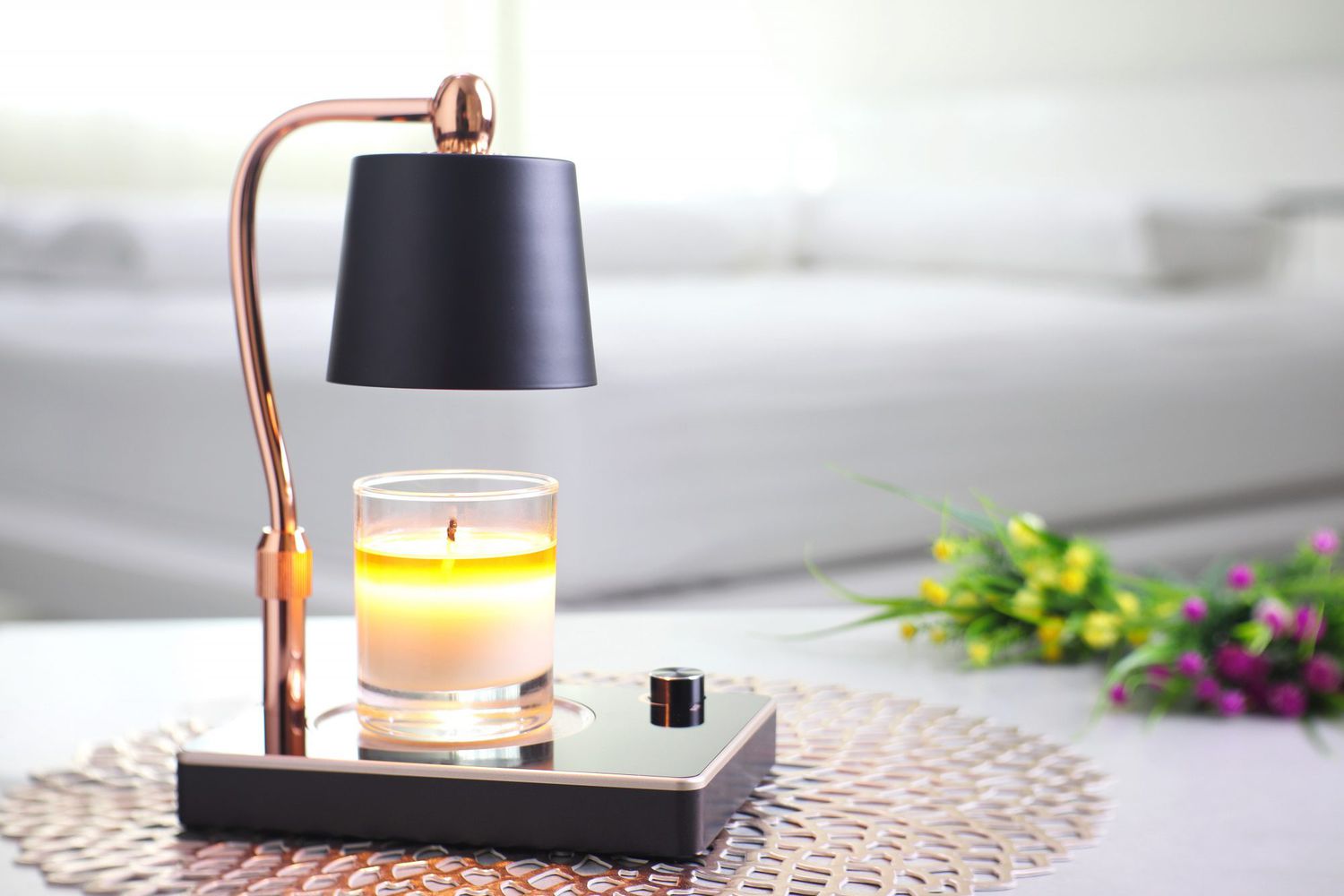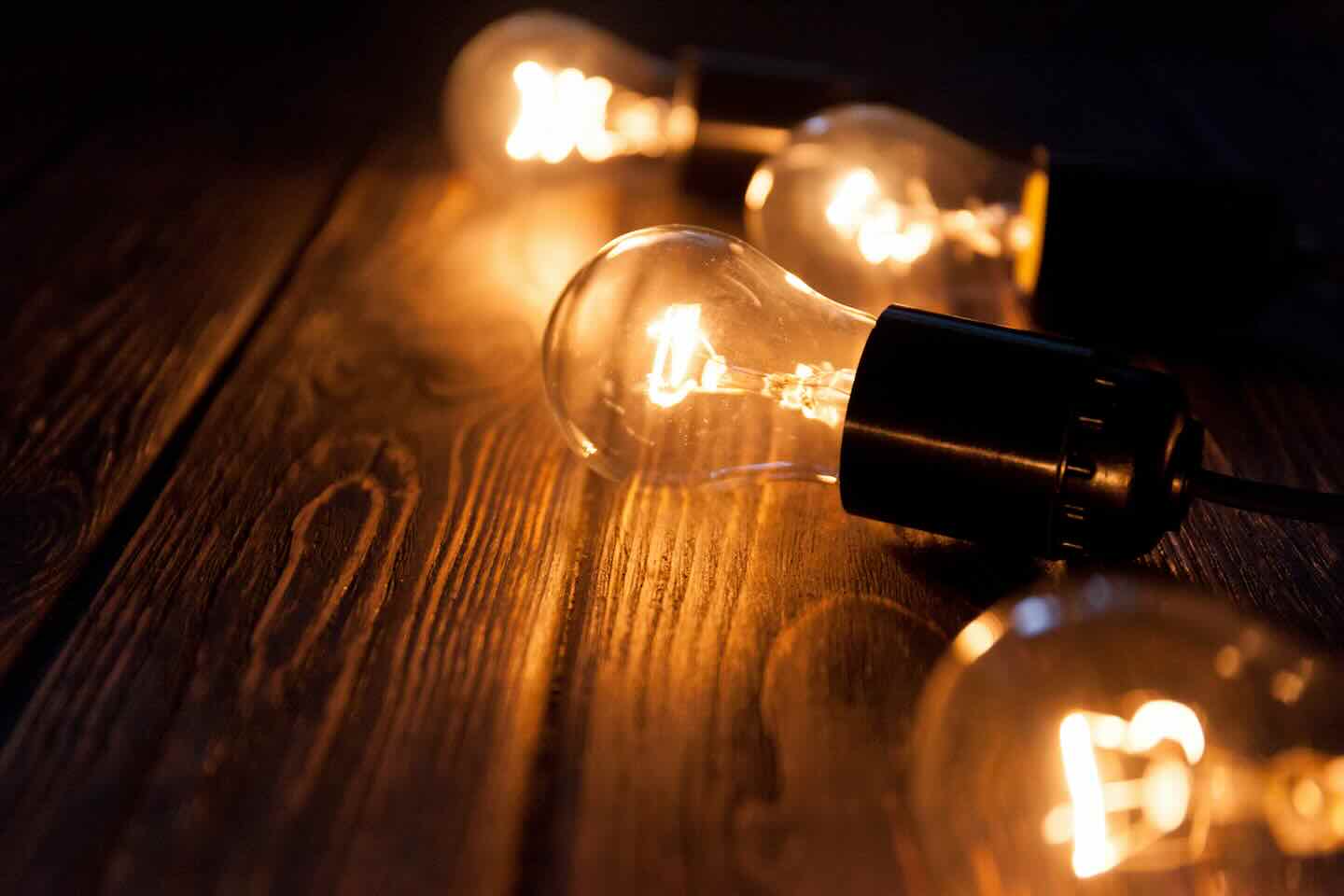

Furniture
What Is An Incandescent Lamp
Modified: February 24, 2024
Discover the beauty and functionality of furniture with our guide on what an incandescent lamp is. Get insights on how these lamps can enhance your living space.
(Many of the links in this article redirect to a specific reviewed product. Your purchase of these products through affiliate links helps to generate commission for Storables.com, at no extra cost. Learn more)
Introduction
In the world of lighting, there are numerous options available to brighten up our homes and offices. From LED lights to fluorescent bulbs, the choices seem endless. However, one of the oldest and most well-known lighting options is the incandescent lamp.
Incandescent lamps have been a staple in households for more than a century, providing warm and comforting illumination. Despite the rise of more energy-efficient lighting technologies, incandescent lamps still hold a unique charm and appeal that continues to captivate individuals.
In this article, we will delve into the world of incandescent lamps, exploring their history, how they work, their advantages and disadvantages, as well as their environmental impact. Additionally, we will shed light on the transition towards more energy-efficient lighting technologies and the future of incandescent lamps.
So, join us on this illuminating journey as we unravel the secrets behind the incandescent lamp!
Key Takeaways:
- Incandescent lamps, while historically significant, have low energy efficiency and contribute to environmental impact. Transitioning to LED and CFL lighting offers substantial energy savings and promotes sustainability.
- The future of lighting lies in energy-efficient technologies like LED and CFL, which provide better lighting quality, longer lifespans, and significant energy savings. Embracing these advancements can brighten our lives while ensuring a greener and more sustainable future.
Read more: Who Invented The Incandescent Lamp
Brief History of Incandescent Lamps
The development of incandescent lamps can be traced back to the 19th century. It all began with the efforts of inventors like Thomas Edison and Sir Joseph Swan, who independently worked on creating a practical and commercially viable electric light bulb.
In 1879, Thomas Edison successfully created the first practical incandescent lamp. The basis of his design was a carbon filament placed inside a glass bulb from which air was evacuated. When electricity passed through the filament, it would heat up and emit light, creating a glow.
Edison’s incandescent lamp revolutionized the world, providing a solution to the major lighting problem faced at the time. Previously, gas lamps and candles were the primary sources of illumination, but they were not only inefficient but also posed various safety risks.
Although Edison is often credited with the invention of the incandescent lamp, it is important to note that Sir Joseph Swan made significant contributions as well. In fact, Swan filed a patent for a similar incandescent lamp just a few months before Edison.
With the invention of the incandescent lamp, the world experienced a major transformation. It created new possibilities for nighttime activities, improved safety, and facilitated the growth of industries that relied on artificial lighting.
Over the years, incandescent lamps evolved. The early designs used carbon filaments, but these were eventually replaced by tungsten filaments due to their higher durability and efficacy. Incandescent lamps also underwent improvements in terms of efficiency and lifespan.
However, despite the advancements, incandescent lamps have faced increasing challenges in recent years. The rise of more energy-efficient lighting technologies, such as LED (Light Emitting Diode) and CFL (Compact Fluorescent Lamp), have led to a decline in the usage of incandescent lamps.
Nonetheless, the incandescent lamp still holds a nostalgic charm and is favored by some for its warm and natural light. Although it may no longer be the primary choice for lighting, its historical significance and impact on the lighting industry cannot be overlooked.
How Incandescent Lamps Work
Understanding how incandescent lamps work requires a closer look at their key components and the scientific principles at play.
At the core of an incandescent lamp is the filament, which is typically made of tungsten. This filament is enclosed within a glass bulb that is filled with an inert gas, usually argon, to prevent oxidation.
When an electric current is passed through the filament, it heats up to a high temperature, causing it to emit light. This process is known as incandescence. The high temperature causes the filament to glow, producing visible light as a result.
The filament in an incandescent lamp is extremely thin but durable. It is designed to resist the high temperatures generated by the electric current passing through it. The choice of tungsten for the filament is due to its high melting point and excellent heat resistance.
While the incandescence phenomenon is fascinating, it is important to note that incandescent lamps are not very efficient at converting electrical energy into visible light. In fact, a significant portion of the energy is lost as heat. This inefficiency led to the development of more energy-efficient lighting alternatives.
Another crucial aspect of how incandescent lamps work is the role of the glass bulb. The bulb serves as a protective casing for the filament and gas fill. It also allows the light to escape while preserving the integrity of the lamp. The choice of glass as the bulb material is due to its transparency and ability to withstand the high temperatures generated by the filament.
It is worth mentioning that incandescent lamps come in various shapes and sizes, including traditional rounded bulbs and specialty variants. The different shapes not only serve aesthetic purposes but also influence the distribution of light emitted by the lamp.
Overall, the working principle of incandescent lamps is relatively simple yet effective. The electric current passing through the filament heats it up to produce light, creating a warm and comforting ambiance. However, their inefficiency and high energy consumption have prompted a shift towards more energy-efficient lighting technologies.
Advantages of Incandescent Lamps
Despite the rise of more energy-efficient lighting options, incandescent lamps still offer some unique advantages that make them appealing to certain individuals. Let’s explore some of these advantages:
- Warm and Natural Light: One of the main advantages of incandescent lamps is the warm and natural light they emit. Unlike other lighting technologies, such as fluorescent or LED, incandescent lamps produce a softer and more flattering light that closely resembles natural daylight. This warm glow creates a cozy and inviting atmosphere in any space.
- Color Rendering: Incandescent lamps have a high Color Rendering Index (CRI), which means they can accurately represent colors. This is especially important in settings where color accuracy is crucial, such as art galleries, retail stores, or photography studios. Incandescent lamps allow for vibrant and true-to-life color rendering.
- Dimming Capability: Incandescent lamps are easily dimmable, allowing for flexible control over the level of brightness. Unlike some LED or CFL bulbs, incandescent lamps can be smoothly dimmed without flickering or color distortion. This makes them suitable for creating the desired ambiance and adjusting the lighting to personal preferences.
- Instant On: When you turn on an incandescent lamp, it immediately emits light at full brightness. There is no warm-up period or delay in illumination, providing instant lighting when needed. This quick response time can be particularly advantageous in areas where immediate lighting is essential, like hallways or staircases.
- Compatibility: Incandescent lamps can be used with a wide range of fixtures, making them highly compatible with existing lighting setups. This compatibility makes it easy to replace or upgrade existing incandescent bulbs without the need for extra modifications or retrofits.
While these advantages make incandescent lamps a preferred choice for some, it is important to weigh them against the drawbacks and consider overall energy efficiency and environmental impact when making lighting choices.
Disadvantages of Incandescent Lamps
While incandescent lamps have their charm and unique advantages, they also come with several notable disadvantages. Here are some of the drawbacks associated with incandescent lamps:
- Low Energy Efficiency: Incandescent lamps are notorious for their low energy efficiency. Only about 10% of the energy they consume is actually converted into visible light, while the rest is lost as heat. This inefficiency results in higher energy consumption and increased electricity bills.
- Short Lifespan: Compared to other lighting technologies, incandescent lamps have a relatively short lifespan. On average, an incandescent lamp will last around 1,000 to 2,000 hours, depending on usage. This means frequent replacements, which can be inconvenient and costly in the long run.
- Environmental Impact: Due to their low energy efficiency, incandescent lamps contribute to higher greenhouse gas emissions and carbon footprint. The excessive energy consumption required to power incandescent lamps not only puts a strain on the environment but also depletes natural resources. This environmental impact has prompted a shift towards more eco-friendly lighting alternatives.
- Heat Emission: Incandescent lamps generate a significant amount of heat, which can be a concern in certain applications. The heat emission not only adds to the energy wastage but also poses potential safety risks, especially when used in enclosed fixtures or in close proximity to flammable materials.
- Limited Range of Options: Compared to newer lighting technologies, incandescent lamps offer a limited range of options in terms of sizes, shapes, and color temperatures. This can limit their suitability for specific lighting requirements, such as task lighting or specialized applications.
Considering these disadvantages, it is evident that incandescent lamps may not be the most practical choice in terms of energy efficiency and sustainability. However, they still hold a nostalgic appeal and are favored by those who prefer the warm and natural light they provide.
With the availability of more energy-efficient and environmentally friendly lighting options, many individuals and organizations are transitioning away from incandescent lamps to reduce their energy consumption and carbon footprint.
Read more: What Is An Incandescent Bulb
Environmental Impact of Incandescent Lamps
Incandescent lamps have a significant environmental impact due to their low energy efficiency and higher energy consumption compared to newer lighting technologies. Let’s explore some of the key environmental concerns associated with incandescent lamps:
- Increased Energy Consumption: One of the main environmental drawbacks of incandescent lamps is their high energy consumption. As mentioned earlier, only a small fraction of the energy consumed by incandescent lamps is converted into visible light, while the majority is wasted as heat. This excessive energy usage contributes to higher greenhouse gas emissions and increases the demand for electricity generation.
- Higher Carbon Footprint: The energy inefficiency of incandescent lamps leads to increased carbon dioxide (CO2) emissions. CO2 is a major greenhouse gas that contributes to global warming and climate change. With the widespread use of incandescent lamps, the carbon footprint associated with lighting is significantly higher compared to more energy-efficient alternatives.
- Resource Depletion: Incandescent lamps also contribute to resource depletion. The production of these lamps requires the use of various finite resources, including glass, tungsten, and other materials. As global demand for lighting increases, the extraction and consumption of these resources put a strain on the environment and can lead to habitat destruction, pollution, and ecosystem disruption.
- Disposal and Waste: Another environmental concern related to incandescent lamps is their disposal. Incandescent lamps contain small amounts of mercury, which can be potentially hazardous if not properly handled during disposal. While the mercury content in incandescent lamps is significantly lower than in other types of lamps, it still poses a risk if they end up in landfills or are not recycled appropriately.
- Impact on Energy Infrastructure: The high energy demand from incandescent lamps can strain energy infrastructure and contribute to the need for the construction of additional power plants. Building and operating power plants, particularly those that rely on fossil fuels, have their own environmental impacts, including pollution and natural resource depletion.
Considering these environmental impacts, many governments, organizations, and individuals have taken steps to phase out or restrict the use of incandescent lamps. The focus has shifted towards energy-efficient lighting options, such as LED and CFL bulbs, which consume significantly less energy and have a lower environmental impact.
By transitioning to more sustainable lighting technologies, we can reduce energy consumption, lower greenhouse gas emissions, conserve natural resources, and contribute to a greener and more sustainable future.
When handling incandescent lamps, be sure to turn off the power and allow the bulb to cool before attempting to replace it. This will help prevent burns and electrical shocks.
Energy Efficiency and Transition to Other Lighting Technologies
In recent years, there has been a significant push towards more energy-efficient lighting technologies, leading to a transition away from incandescent lamps. Let’s explore some of the reasons behind this shift and the advantages of alternative lighting options:
LED (Light Emitting Diode) Lighting
LED lighting has gained immense popularity due to its remarkable energy efficiency and long lifespan. LEDs consume significantly less energy compared to incandescent lamps, with energy savings of up to 80%. This increased energy efficiency translates to lower electricity bills and reduced carbon emissions. Additionally, LEDs have a much longer lifespan, typically lasting over 25,000 hours, which means fewer replacements and less waste.
LED lighting also offers versatility in terms of color temperature options, allowing for a wide range of lighting ambiance choices. They emit light in specific directions, making them ideal for focused lighting applications like task lighting or spotlights. With continuous advancements in LED technology, the cost of LED bulbs has become more affordable, making them a practical choice for both residential and commercial lighting.
CFL (Compact Fluorescent Lamp) Lighting
CFL lighting is another energy-efficient alternative to incandescent lamps. CFL bulbs consume about 75% less energy and last about 10 times longer. While they may take a short warm-up period to reach full brightness, modern CFL bulbs have significantly reduced this delay compared to earlier models.
CFL bulbs come in different sizes and shapes, enabling compatibility with various lighting fixtures. They provide a wide range of color temperature options, offering both warm and cool lighting tones to suit different preferences and applications. However, it’s important to note that CFL bulbs contain a small amount of mercury and need to be disposed of responsibly to mitigate any environmental risks.
Read more: What Is A Lamp
Other Energy-Efficient Lighting Technologies
Beyond LEDs and CFLs, there are other emerging energy-efficient lighting technologies that are worth mentioning. These include halogen incandescent bulbs, which are a more efficient variation of traditional incandescent lamps, and OLED (Organic Light Emitting Diode) lighting, which offers innovative design possibilities and is known for its thin, flexible, and dimmable panels.
As the demand for energy-efficient lighting grows, more innovative solutions are being developed, offering higher efficiency, longer lifespans, and greater versatility. These lighting technologies not only help reduce energy consumption and environmental impact but also provide better lighting quality and improved functionality.
Government Regulations and Phasing Out of Incandescent Lamps
Recognizing the need to address energy efficiency and environmental concerns, many governments worldwide have implemented regulations to phase out or restrict the sale of incandescent lamps. These initiatives encourage the transition to more energy-efficient lighting options and have played a significant role in accelerating the adoption of alternative technologies.
It is important for consumers to be aware of these regulations, as they have a direct impact on the availability and affordability of incandescent lamps. By embracing energy-efficient lighting technologies, individuals can contribute to conserving energy, reducing greenhouse gas emissions, and building a more sustainable future.
Overall, the transition to more energy-efficient lighting technologies is crucial in mitigating the environmental impact of lighting and promoting sustainability. With continuous advancements in technology, these alternatives provide better lighting quality, longer lifespans, and significant energy savings, making them a win-win solution for both the environment and consumers.
Conclusion
In conclusion, incandescent lamps have a rich history and have served as a primary lighting option for many years. They offer a warm and natural light that creates a cozy ambiance in any space. However, the advent of more energy-efficient lighting technologies has highlighted the drawbacks of incandescent lamps, including their low energy efficiency, short lifespan, and significant environmental impact.
LED lighting and CFL lighting have emerged as the go-to alternatives for their substantial energy savings, longer lifespans, and lower carbon emissions. These technologies have revolutionized the lighting industry, providing greater versatility, improved color rendering, and enhanced control options through dimming capabilities. Additionally, other emerging technologies, such as halogen incandescent bulbs and OLED lighting, offer even more innovative possibilities.
To address the environmental impact of incandescent lamps, many governments have implemented regulations to phase them out or restrict their sale. These regulations have driven the adoption of energy-efficient lighting technologies and promoted sustainable lighting practices.
As consumers, it is essential for us to consider not only the aesthetics and functionality of lighting but also the energy efficiency and environmental impact. By embracing more energy-efficient alternatives, we can make a significant positive impact on the environment, reduce energy consumption, and lower greenhouse gas emissions.
While the nostalgic charm of incandescent lamps may endure, the future of lighting lies in technologies that prioritize energy efficiency, longer lifespans, and sustainability. By embracing these advancements, we can brighten our lives while ensuring a greener and more sustainable future for generations to come.
Frequently Asked Questions about What Is An Incandescent Lamp
Was this page helpful?
At Storables.com, we guarantee accurate and reliable information. Our content, validated by Expert Board Contributors, is crafted following stringent Editorial Policies. We're committed to providing you with well-researched, expert-backed insights for all your informational needs.
